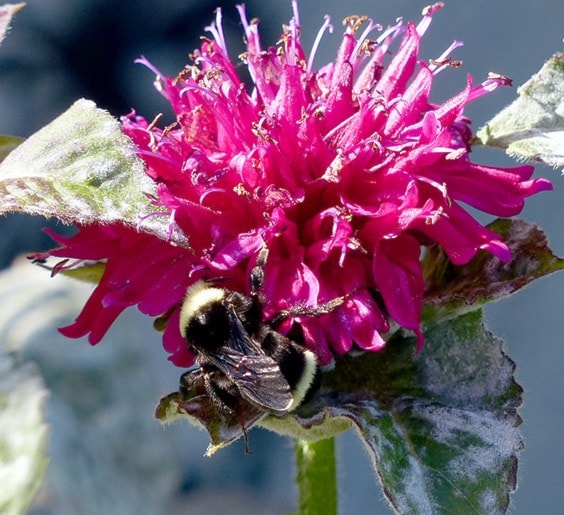Cloverdale residents are invited to join the Great Canadian Bumble Bee Count to help scientists learn more about these important pollinators.
The count aims to collect data about the distribution of the country's native bees.
To take part, all you have to do is head out to your garden, local park, or summer campsite and take a photograph of a bumble bee.
Then upload the photo to Bumblebeewatch.org by Aug. 15, noting where and when the sighting took place. The sighting will be verified by a researcher.
According to count organizers, bumblebees are effective pollinators for many crops and wildflowers but several of their species are declining.
Friends of the Earth is a grassroots environmental organization that's partnering with Bumble Bee Watch to put on the count.
Bumble Bee Watch was created by scientists from York University, the Wildlife Preservation Canada and the Xerces Society.
The Great Canadian Bumblebee Count is billed as an ambitious, citizen-science project that will help researchers by seeing how many bumblebees can be found across Canada.
Here's how to tell the difference between a bumblebee and a honeybee:
Bumblebees are fat and furry in appearance, and come in many different species while bees are smaller and slim, like a wasp.
In North America, there is only one species of honey bee, but about 40 species of bumblebees.
Bumblebees live in nests, not hives, and make small amounts of honey they eat themselves.
– Cloverdale Reporter
